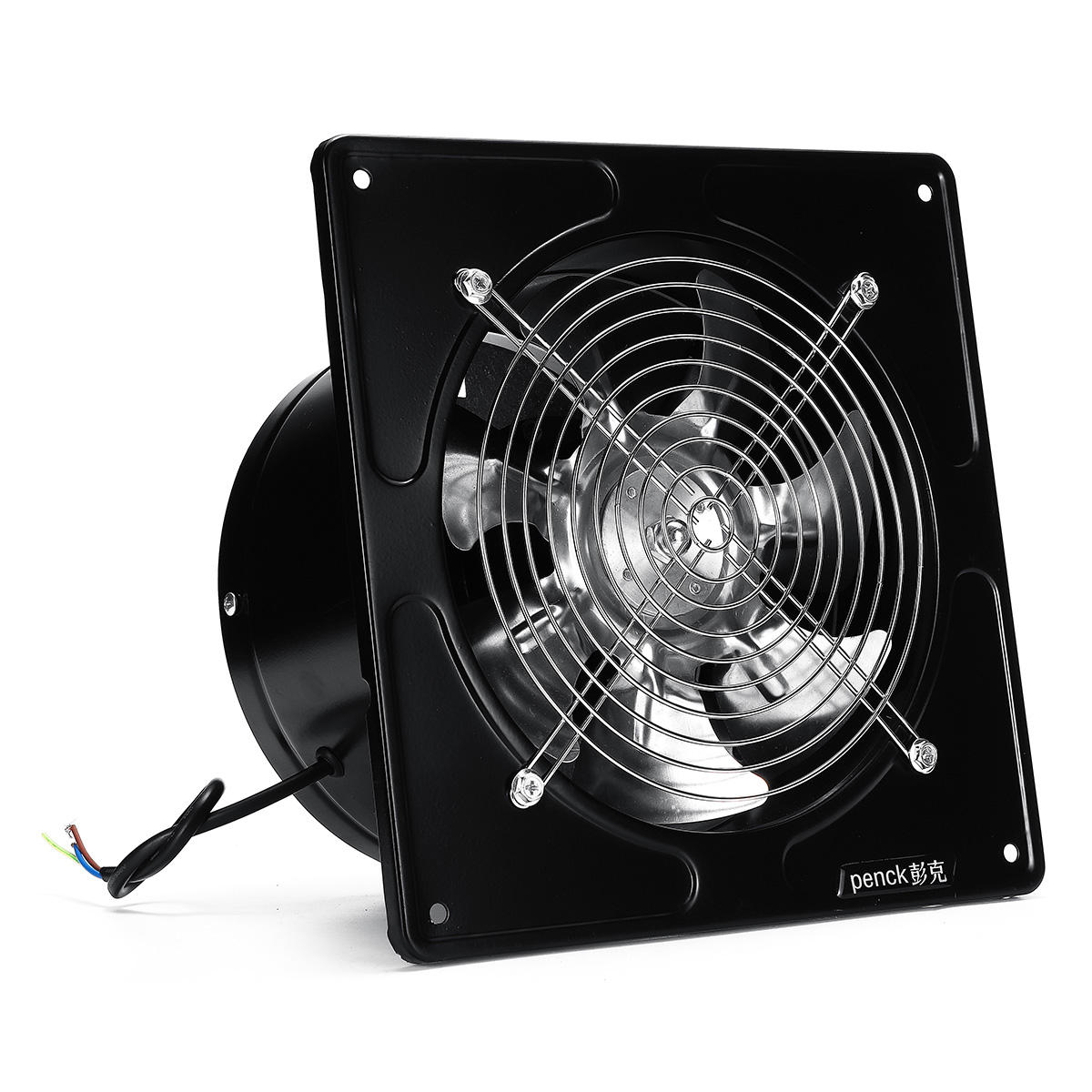Determine Optimal Fan Size Based on Bathroom Dimensions

Bathroom extractor fan sizes – Determining the optimal fan size for your bathroom is crucial for effective ventilation and maintaining a comfortable indoor environment. Here’s a guide to help you calculate the required fan size based on your bathroom’s dimensions:
The recommended method to determine the required fan size is to calculate the bathroom’s volume and use the following formula:
CFM (Cubic Feet per Minute) = Volume of Bathroom (cubic feet) x Air Changes per Hour
The air changes per hour (ACH) is a measure of how often the air in the bathroom should be replaced. For bathrooms, an ACH of 8-10 is typically recommended.
When choosing a bathroom extractor fan, size matters. But hey, don’t just pick any size! Consider your bathroom’s size and the amount of moisture it produces. Speaking of sizes, have you heard about side vent bathroom fans ? They’re a lifesaver for smaller bathrooms or those with limited ceiling space.
Plus, they’re super easy to install. But remember, whatever size or type you choose, make sure it’s powerful enough to keep your bathroom fresh and dry.
Once you have calculated the required CFM, you can choose a fan with a CFM rating that is equal to or slightly higher than the calculated value. Consider the following factors when selecting the fan size:
- Bathroom size and layout
- Number of occupants
- Frequency of use
- Presence of other ventilation sources (e.g., windows)
By following these guidelines, you can ensure that your bathroom is equipped with an extractor fan that provides adequate ventilation, preventing moisture buildup, odors, and mold growth.
Bathroom extractor fan sizes are a crucial consideration, ensuring proper ventilation to prevent moisture buildup. Speaking of ventilation, have you seen the latest animal crossing wallpaper ? It’s adorable! Back to extractor fans, choosing the right size is essential for optimal airflow and humidity control.
So, remember to factor in bathroom size and usage patterns when selecting the appropriate fan size.
Compare Different Fan Types and Features: Bathroom Extractor Fan Sizes

When choosing a bathroom extractor fan, it’s important to consider the different types and features available. Each type has its own advantages and disadvantages, so it’s important to choose the one that’s right for your needs.
Ceiling-Mounted Fans
Ceiling-mounted fans are the most common type of bathroom extractor fan. They’re installed in the ceiling, and they typically have a grille that covers the fan blades. Ceiling-mounted fans are relatively inexpensive and easy to install, and they’re a good option for small bathrooms.
Wall-Mounted Fans
Wall-mounted fans are installed on the wall, and they typically have a grille that covers the fan blades. Wall-mounted fans are more expensive than ceiling-mounted fans, but they’re also more powerful. They’re a good option for larger bathrooms or bathrooms with high ceilings.
Inline Fans, Bathroom extractor fan sizes
Inline fans are installed in the ductwork of your bathroom’s ventilation system. They’re not visible, and they’re very powerful. Inline fans are the most expensive type of bathroom extractor fan, but they’re also the most effective. They’re a good option for large bathrooms or bathrooms with high ceilings.
Features to Consider
When choosing a bathroom extractor fan, it’s important to consider the following features:
- Noise level: Bathroom extractor fans can be noisy, so it’s important to choose one that has a low noise level. The noise level is measured in sones, and the lower the sone rating, the quieter the fan.
- Airflow capacity: The airflow capacity of a bathroom extractor fan is measured in cubic feet per minute (CFM). The higher the CFM rating, the more air the fan can move. It’s important to choose a fan with an airflow capacity that’s appropriate for the size of your bathroom.
- Energy efficiency: Bathroom extractor fans can be energy efficient, so it’s important to choose one that has an Energy Star rating. Energy Star rated fans use less energy than non-Energy Star rated fans.
Consider Noise Level and Aesthetics
When choosing a bathroom extractor fan, it’s important to consider the noise level it produces. This is especially true for smaller bathrooms, where the noise can be more noticeable. Fan noise is measured in sones, with a higher sone rating indicating a louder fan. Most bathroom fans have a sone rating between 1 and 4. For a small bathroom, a fan with a sone rating of 1 or 2 is recommended. For larger bathrooms, a fan with a sone rating of 3 or 4 may be more appropriate.
In addition to the noise level, you should also consider the aesthetics of the fan. Bathroom fans come in a variety of styles, from traditional to modern. Choose a fan that complements the décor of your bathroom.
Tips for Minimizing Noise from Bathroom Fans
- Use sound-absorbing materials. You can install sound-absorbing panels on the walls or ceiling of your bathroom to help reduce noise from the fan.
- Install the fan in a remote location. If possible, install the fan in a remote location, such as the attic or basement. This will help to reduce the noise level in the bathroom.
- Choose a fan with a low sone rating. As mentioned above, fans with a lower sone rating are quieter than fans with a higher sone rating.
